When it comes to Young Living’s essential oils, few things are as important as quality and purity. As essential oils grow in popularity around the world, more and more people are keen to test the purity of their favourite essential oils from the comfort of their own homes. In this blog, we’ll be taking you through tips on how to successfully test the purity of your essential oils, while explaining possible exceptions to the rule and explaining the history behind Young Living’s Seed to Seal® quality standards. So, what are you waiting for?

Why is it important for essential oils to be pure?
When it comes to essential oil purity, not all oils are created equal. Some are compromised by the addition of synthetics, contaminants, or cheap fillers, while others are made using unethical production practices, all of which can contribute to an oil falling short in premium value, and safety. If you want to ensure that the products you are buying are formulated with quality ingredients, we suggest connecting with Brand Partners, joining events, or following social media to learn more about the company.
How does Young Living ensure that their essential oils are high-quality?
Young Living are committed to establishing and maintaining the ultimate, industry-leading standard in essential oil products and are proud to offer an extensive line of essential oils and essential oil-infused, plant-based products that represent the best of nature—through the standards of the Seed to Seal® programme. Seed to Seal is a quality commitment that’s made up of three distinct pillars — Sourcing, Science and Standards. While ‘Sourcing’ ensures that Young Living only uses products from carefully vetted corporate-owned farms, partner farms, and Seed to Seal-certified suppliers before testing them extensively, ‘Science’ guarantees that cutting-edge methods are used to develop new products and ensure high quality across the board. Finally, ‘Standards’ surrounds Young Living’s determination to do business responsibly—from sustainably sourcing plants, to uplifting local communities, and to complying with environmental and other laws.

How can you test the purity of your essential oils at home?
If you’re wondering how to test essential oils for purity, there are few simpler ways than with a piece of paper at home. For your essential oil paper test, all you’ll need is a sheet of paper and your favourite oils, although we do recommend covering your work surface with wax paper or tin foil to ensure that it’s protected from any oil that may bleed through the paper. To test, add one drop of oil to the paper and allow it to dry completely, which will take anywhere from 30 to 45 minutes. If you find that the dried oil is surrounded by a leftover ring of oil or grease, it suggests that the oil has likely been diluted with another substance and is less pure. If the page is completely dry and not greasy to the touch, it is very likely that your oil is pure and of a high quality.
Are there any exceptions to the rule when it comes to testing essential oil purity?
When testing the quality of an essential oil, there are a few exceptions to the paper test. For example, Young Living’s citrus oils are distilled using a cold-pressing technique, which leaves a small amount of wax dissolved in the oil during the process. As this cannot be removed without further chemically altering the oil, it is left to ensure maximum purity. Other oils such as Fennel could fail the test based on naturally occurring fatty oils within the formula, while blends such as Valor® may leave residue as they’ve been diluted with a carrier oil. As these exceptions can be very complex, more than ever, it proves why choosing a reputable company with quality essential oils is vital from the very beginning.
If you’ve been thinking about investing in essential oils and want to ensure that you purchase high-quality products, why not read up on our Seed to Seal standards here.
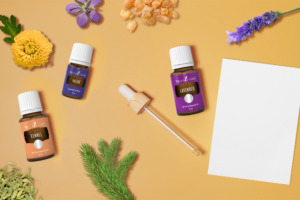
Have you ever tried testing essential oil purity at home? Write your comments below or contact us at mseublog@youngliving.com

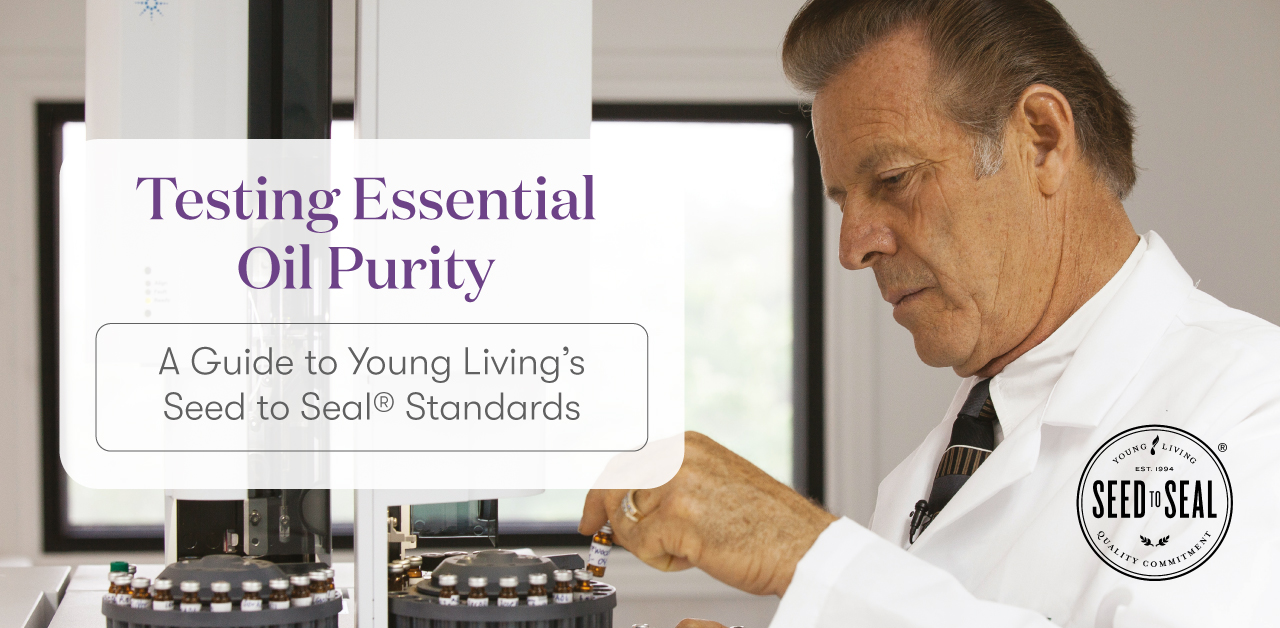



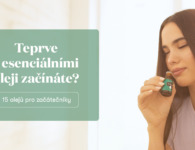
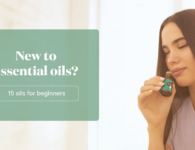
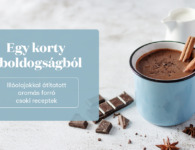
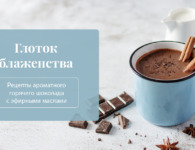
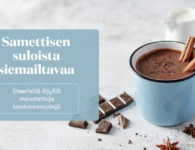

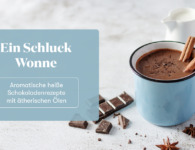
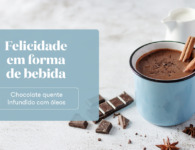

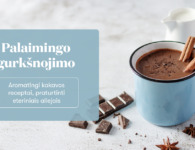

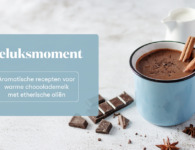
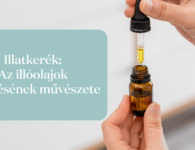
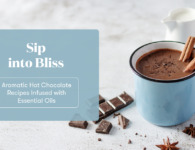

No comments